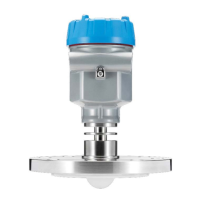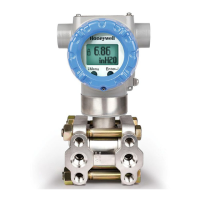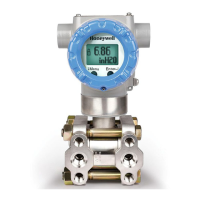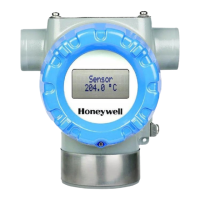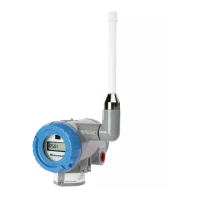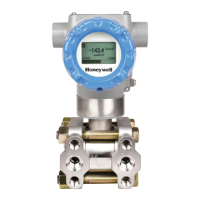Revision 8 SLG 700 SmartLine Level Transmitter User’s Manual Page 89
Install conduit entry plugs and adapters
THE CONDUIT/CABLE GLAND ENTRIES OF THIS PRODUCT
ARE SUPPLIED WITH PLASTIC DUST CAPS WHICH ARE NOT
TO BE USED IN SERVICE.
IT IS THE USER’S RESPONSIBILITY TO REPLACE THE DUST
CAPS WITH CABLE GLANDS, ADAPTORS AND/OR BLANKING
PLUGS WHICH ARE SUITABLE FOR THE ENVIRONMENT INTO
WHICH THIS PRODUCT WILL BE INSTALLED. THIS INCLUDES
ENSURING COMPLIANCE WITH HAZARDOUS LOCATION
REQUIREMENTS AND REQUIREMENTS OF OTHER
GOVERNING AUTHORITIES AS APPLICABLE.
Install the Transmitters in accordance with national and local code requirements. Conduit
entry plugs and adapters must be suitable for the environment, and be certified for the
hazardous location when required and acceptable to the authority having jurisdiction for the
plant.
Table 3-20: Conduit entry plug installation
Remove the protective plastic cap from the threaded conduit entry.
To ensure the environmental ingress protection rating on tapered
(NPT), a non-hardening thread sealant may be used.
Thread the appropriate size conduit plug (M20 or ½” NPT) into the
conduit entry opening. Do not install conduit entry plugs in conduit
entry openings if adapters or reducers will be used.
Using a 10 mm hex wrench, tighten plugs to 32 Nm (24 lb-ft).
Table 3-21: Conduit adapter installation
Remove the protective plastic cap from the threaded conduit entry.
To ensure the environmental ingress rating on tapered threads
(NPT), a non-hardening thread sealant may be used.
Thread the appropriate size adapter (M20 or ½ NPT) into the
conduit entry opening
Using a 1-1/4” wrench tighten adapters to torque 32 Nm (24 lb-ft).
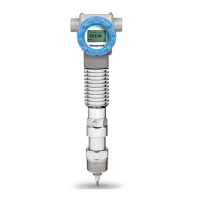
